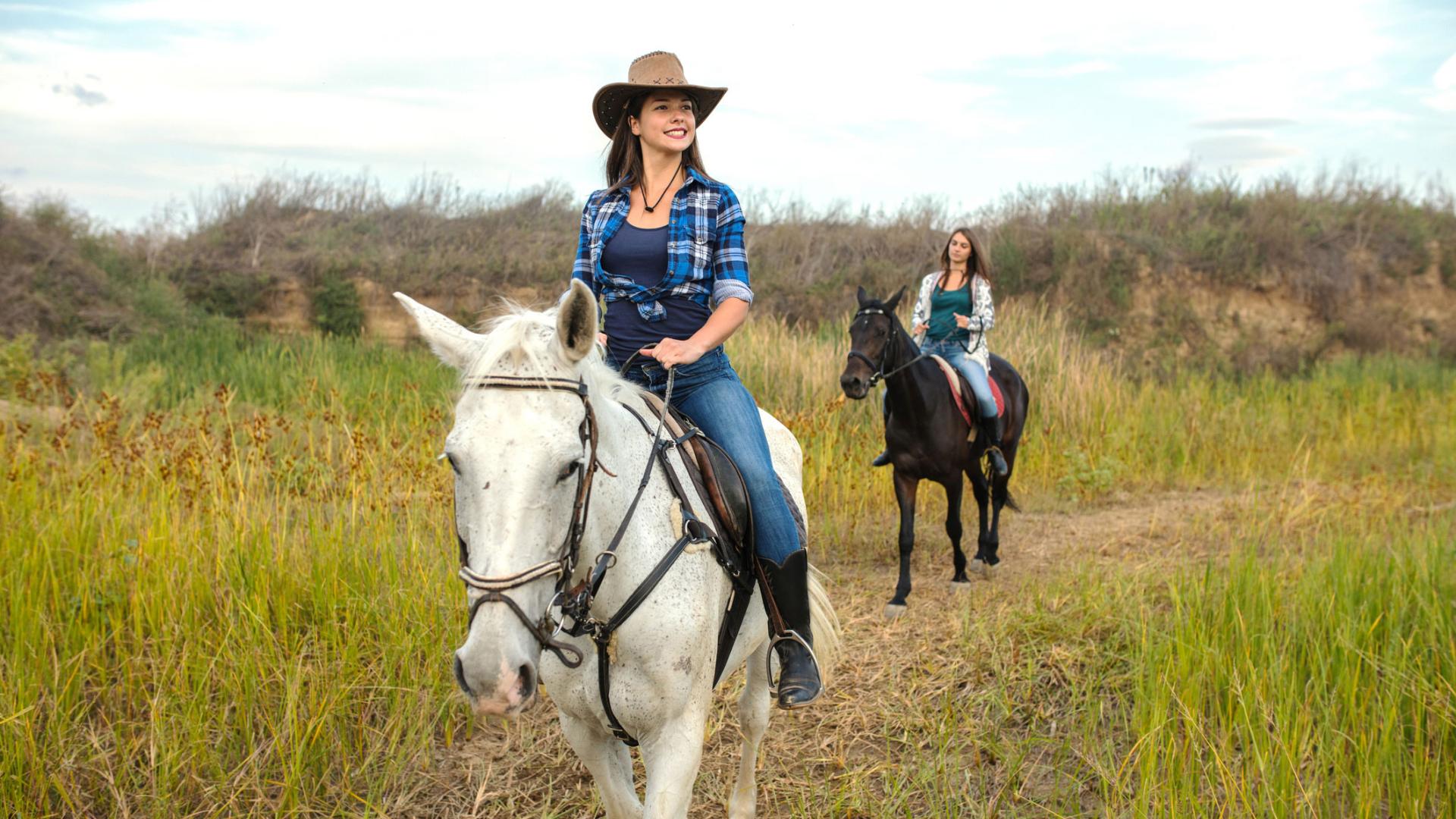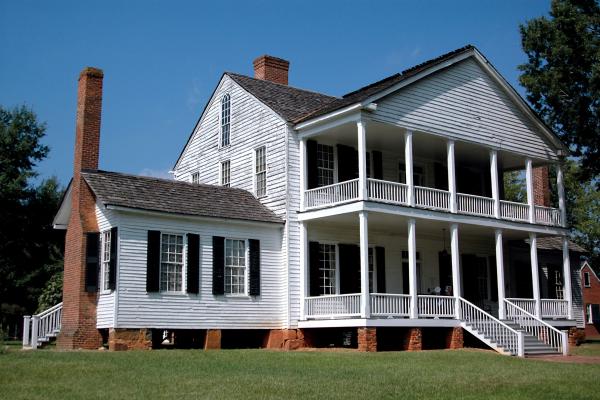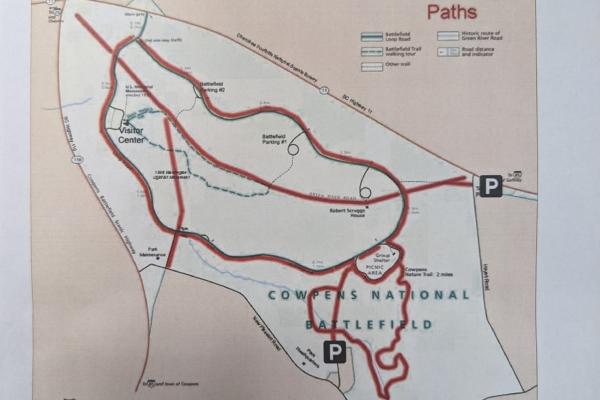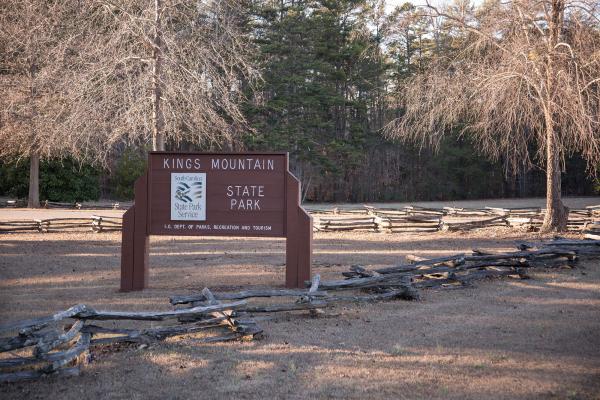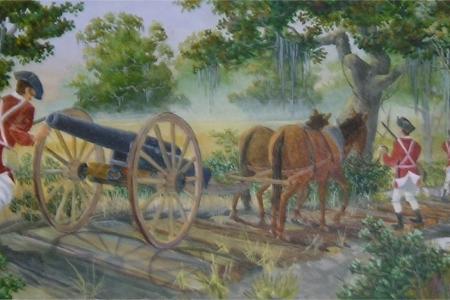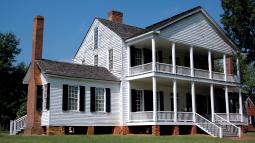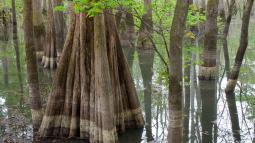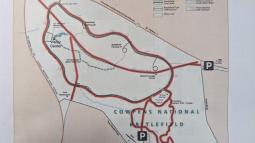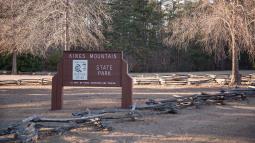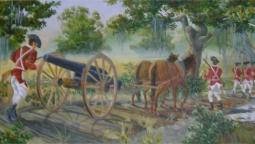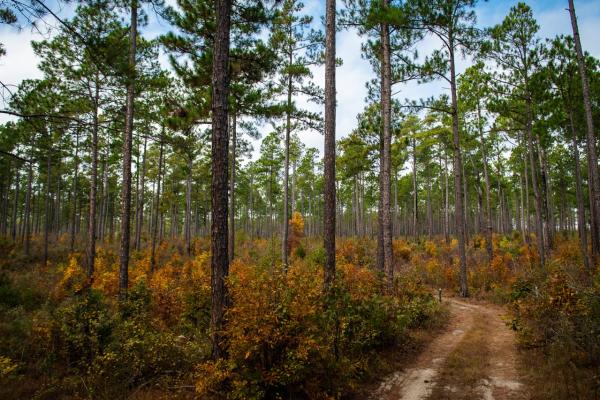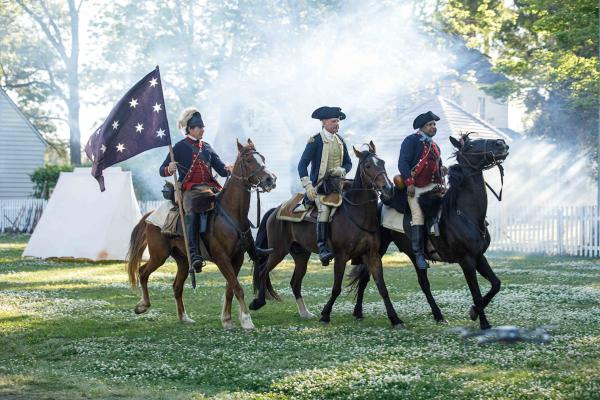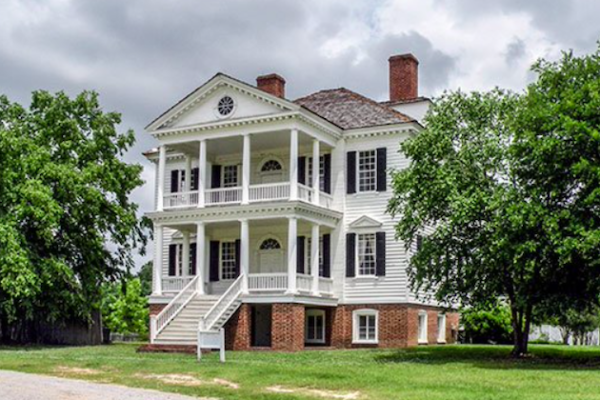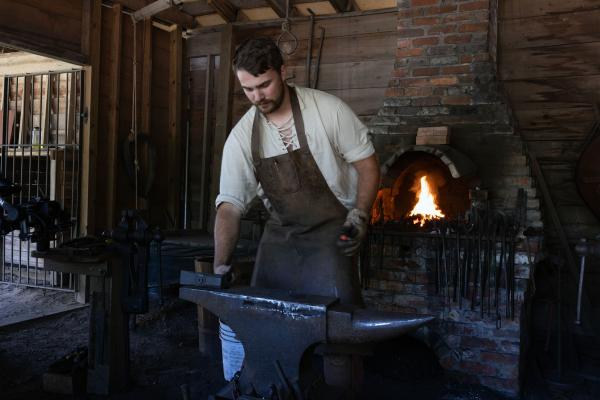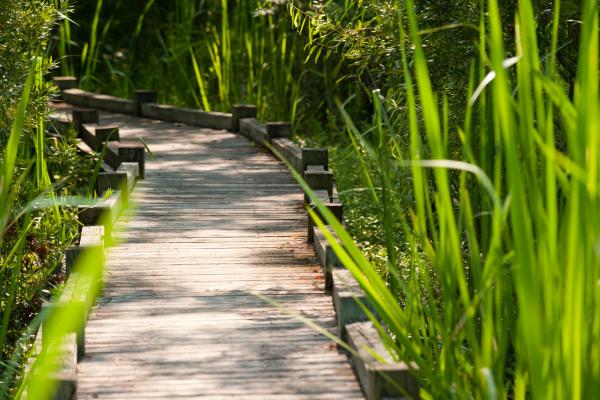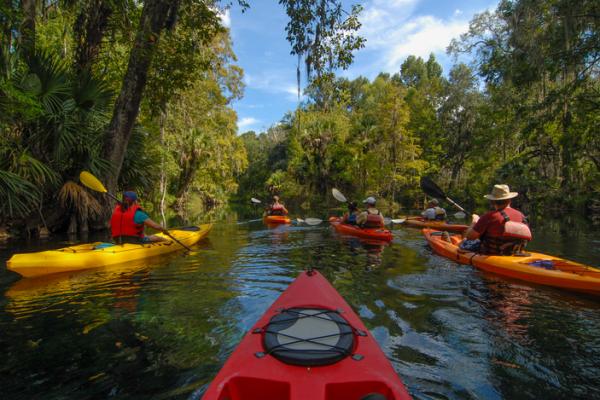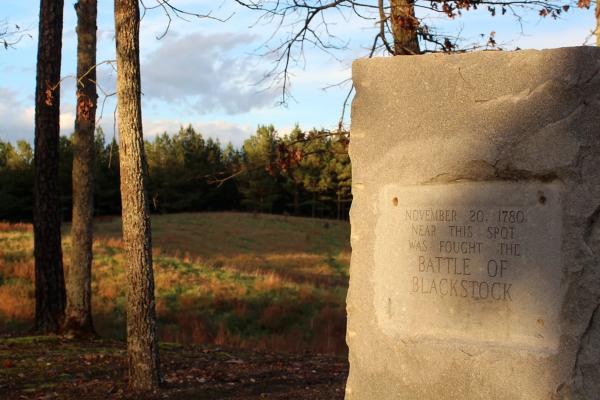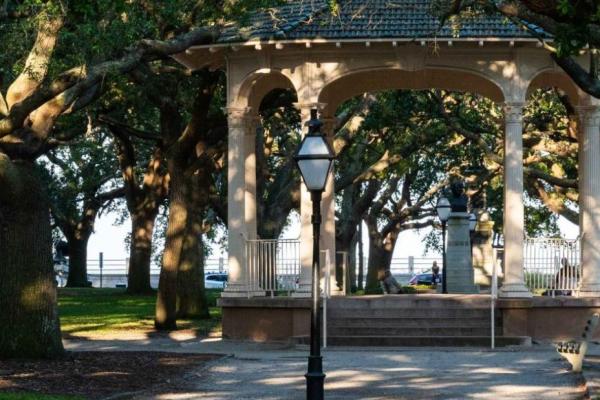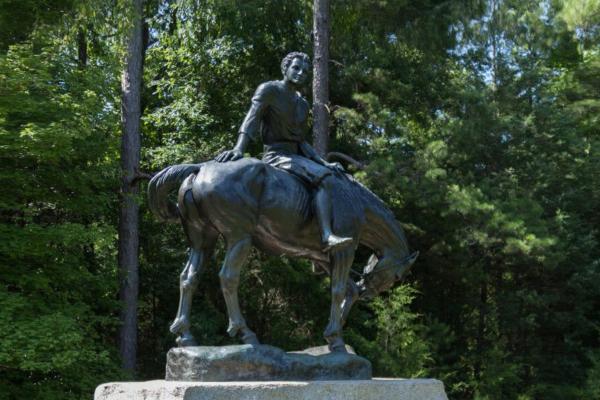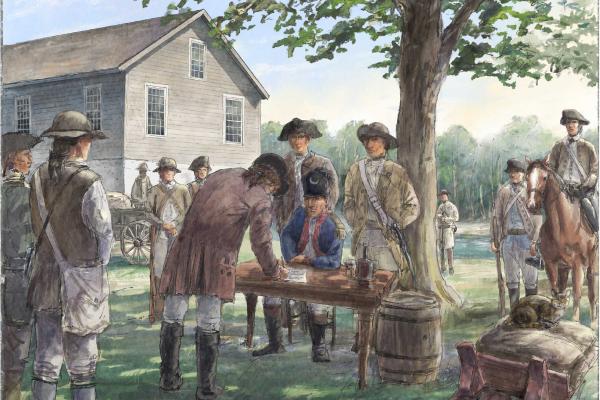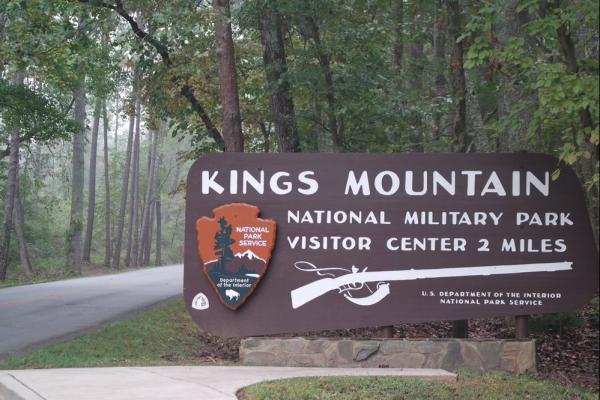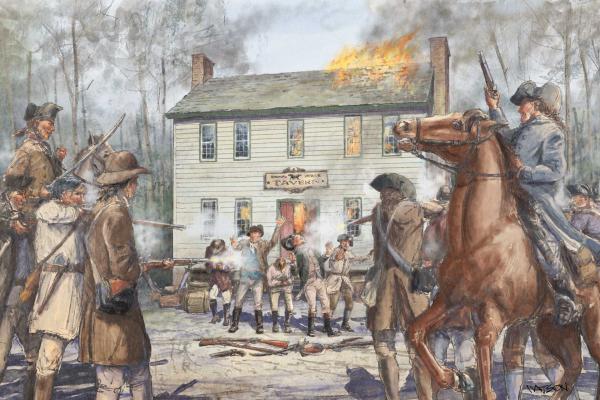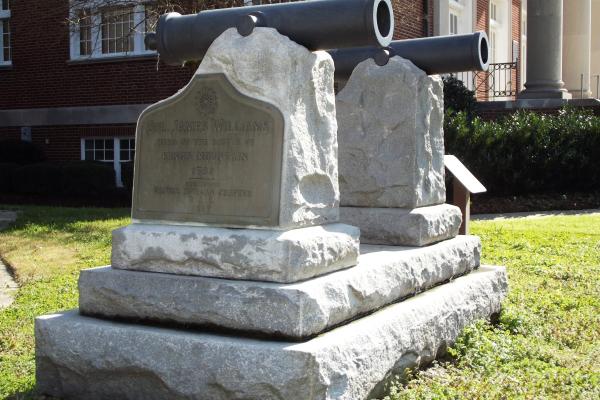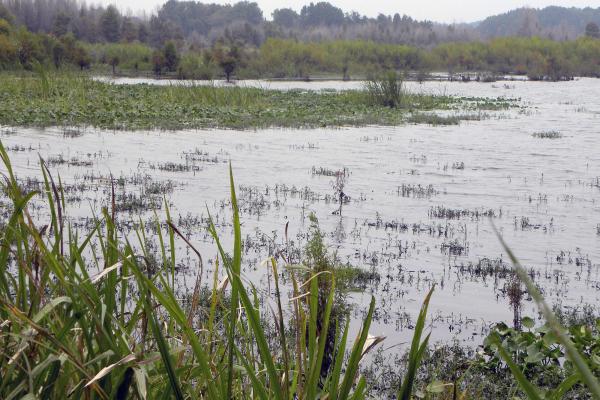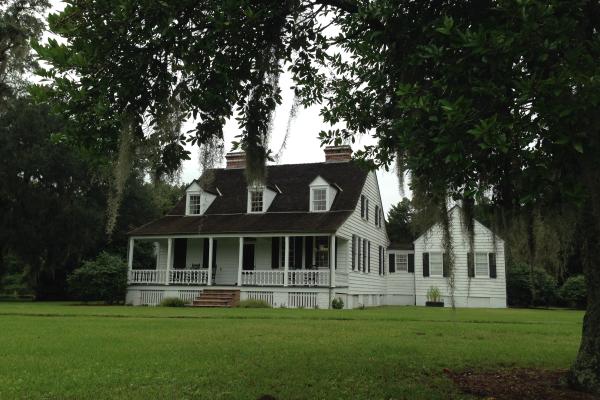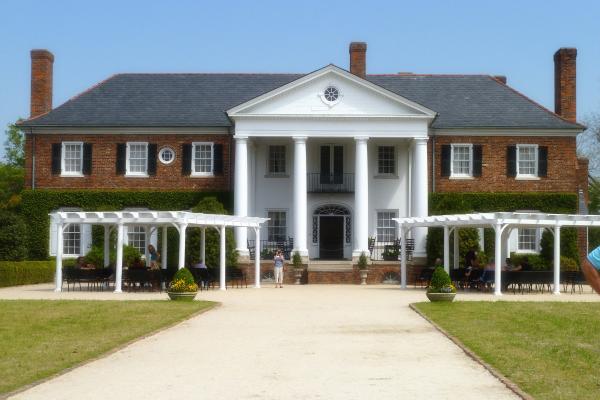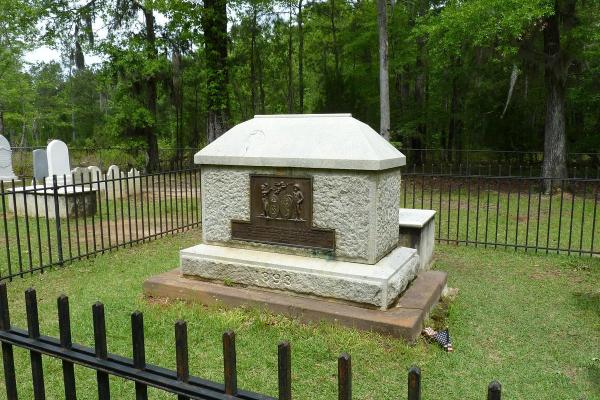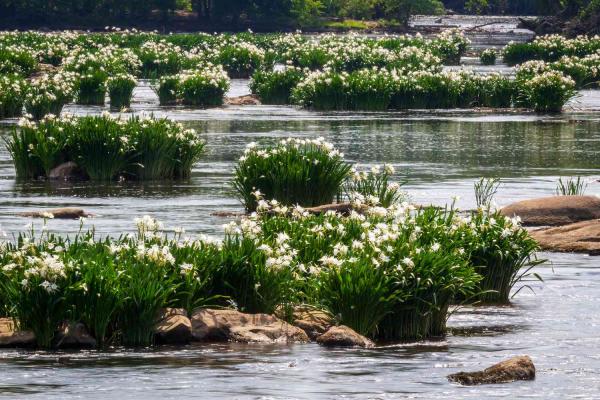Located in a 800-acre natural area, riders can enjoy the 0.7 mile Nature Trail and Huck’s Defeat Battlefield Trail. Along with history, you’ll discover the geographical diversity of the Carolina...
Explore the beauty of the Francis Marion National Forest on the Enoree Passage, part of the Palmetto Trail. This moderately easy section of the Palmetto Trail winds through pine ridges and hardwood...
Horse Riding Regulations Cowpens National Battlefield is preserved to tell the story of the 1781 Revolutionary War battle. Recreational uses are allowed if they do not damage park resources or detract...
The park’s 30+ miles of equestrian trails connect to the national park’s equestrian trails. The equestrian camping area includes 15 equestrain campsites which rent for $12/site/night.
After Turkey Creek, the Swamp Fox Passage shares the Jericho Horse Trail within Francis Marion National Forest, made famous by Revolutionary War hero Francis Marion.
Gaffney, SC
